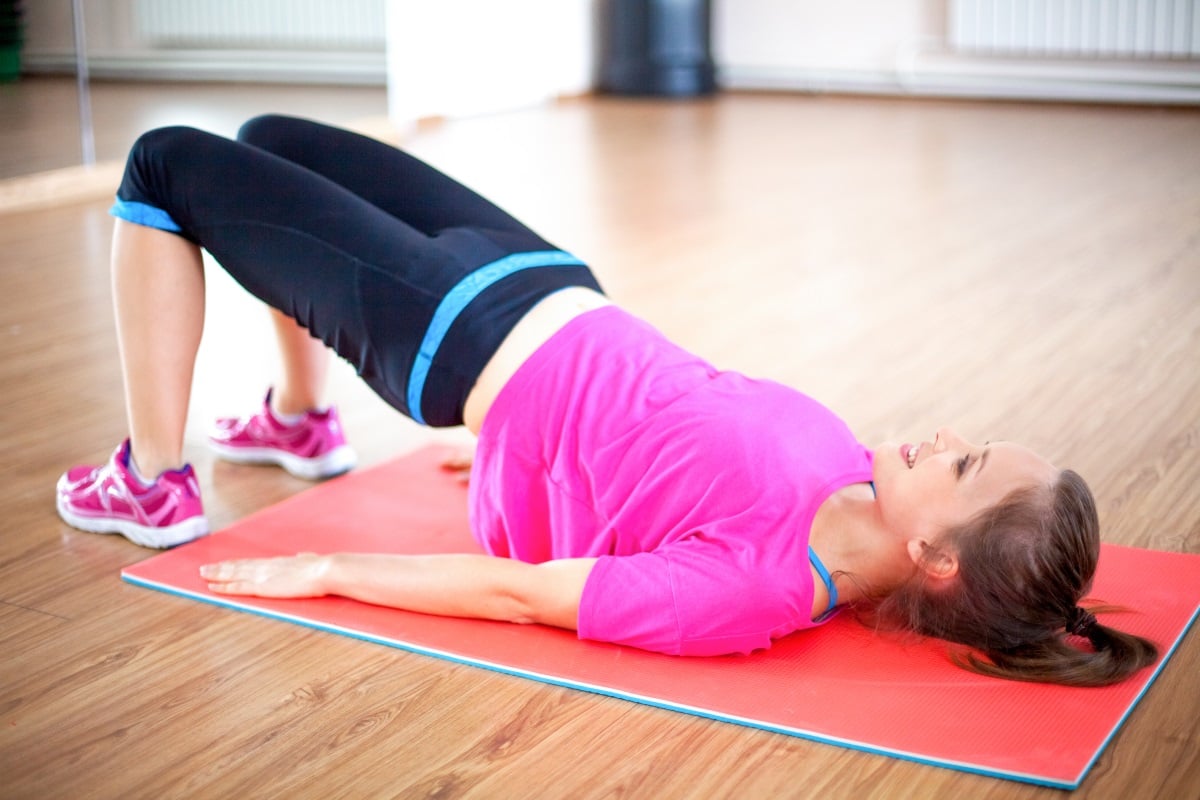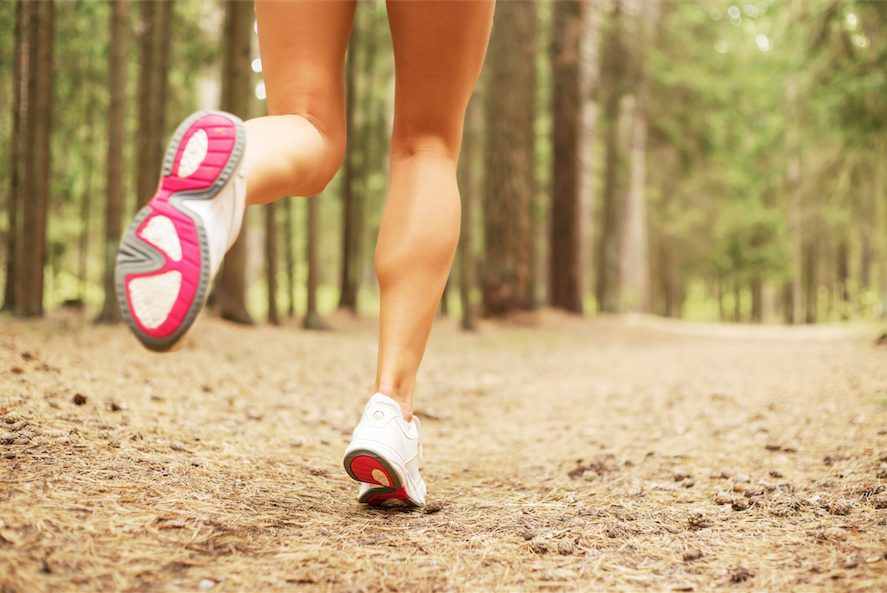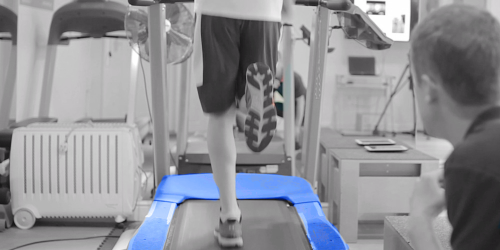Have you heard about "runner's knee" before but not sure what it is? This is one of the most common injuries among runners, but it can also happen to other athletes.
What is Runner’s Knee?
‘Runner’s Knee’ is aptly named as it is very common in runners. The technical term is ‘patellofemoral pain syndrome’ which is a fancy term for pain around the knee cap.
What does ‘Runner’s Knee’ feel like?
If someone has runner’s knee they will usually describe a non-specific pain around the knee cap, meaning they will generally point to the kneecap but cannot isolate the exact point that’s sore.
Aggravating activities may include; running, going up and downstairs, deep squatting and prolonged sitting (sometimes termed ‘moviegoers knee’).
What causes runner’s knee?
Runner’s knee is often brought on by a sudden increase in running volume (how much) and frequency (how often) when related to running. Pain after suddenly increasing speed is more likely to be caused by ‘jumper’s knee’ which is a painful patella tendon.
There are other factors associated with runner’s knee such as poor running technique, decreased strength around the knee and pelvis and poor foot and hip motion.
What exercises can I do if I have runner’s knee?
If your knee is very sore, you should start off with strengthening the muscles around the hip which will help to take strain away from the knee to allow it to settle down. A good way to do this is to perform a bridge with a resistance band above the knees. A typical prescription may be to perform 2 sets of 15 repetitions.
Bridge with resisted abduction
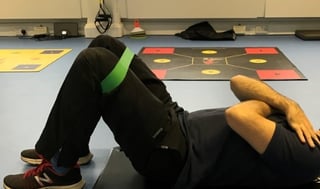
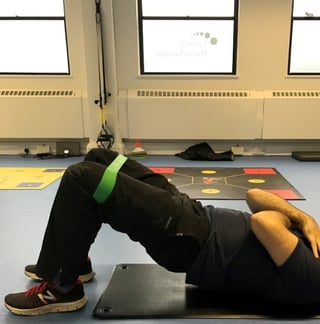
Resisted Knee extension (90-45deg)
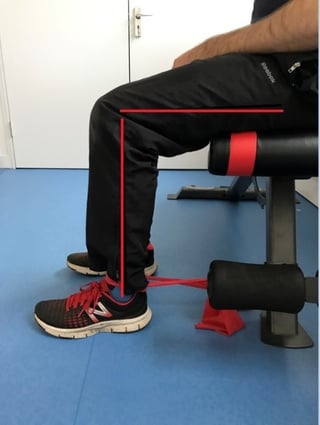
We can also strengthen the quadriceps muscles once pain allows. We can do this by performing a knee extension exercises either on a machine or with a resistance band. As the image shows, you should start at 90 degrees of knee band and work into 45 degrees of knee bend. These angles are important to reduce the amount of stress on the patellofemoral joint (knee cap).
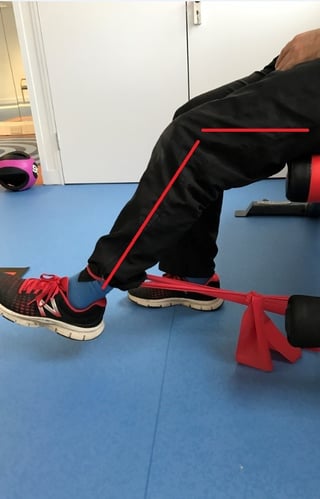
Squat to 45 degrees
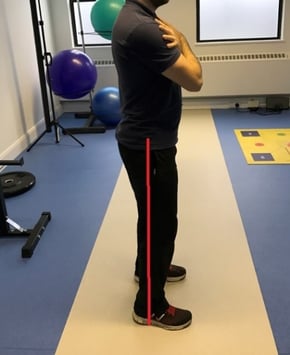
Squatting can be performed early on if pain allows, but within the right ranges. The images here show how squatting should be performed; within a 0-45 degree range initially. Going past these ranges will put too much load through the patellofemoral joint which can increase irritation. A resistance band can also be applied just above both knees too.
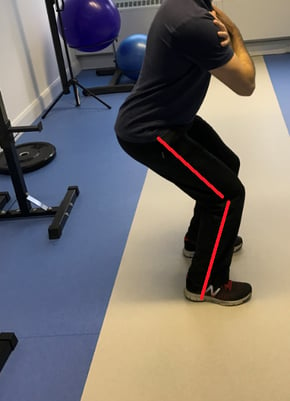
Is there anything else I can do?
Well, if you are a runner you need to be assessed by a physiotherapist to confirm that the diagnosis of ‘runner’s knee’ is correct, as there are various structures closely related that may instead be the cause of your symptoms. From here your treatment would likely include an exercise based approach, incorporating running analysis and a graded return to running. It is often advisable to look at your footwear and your training programme although this is also best done together with your physio.
If you'd like to know more, just click on the button below, enter you details, and one of our Running Technique Specialists will give you a call back to confirm your free, no obligation, running analysis.





